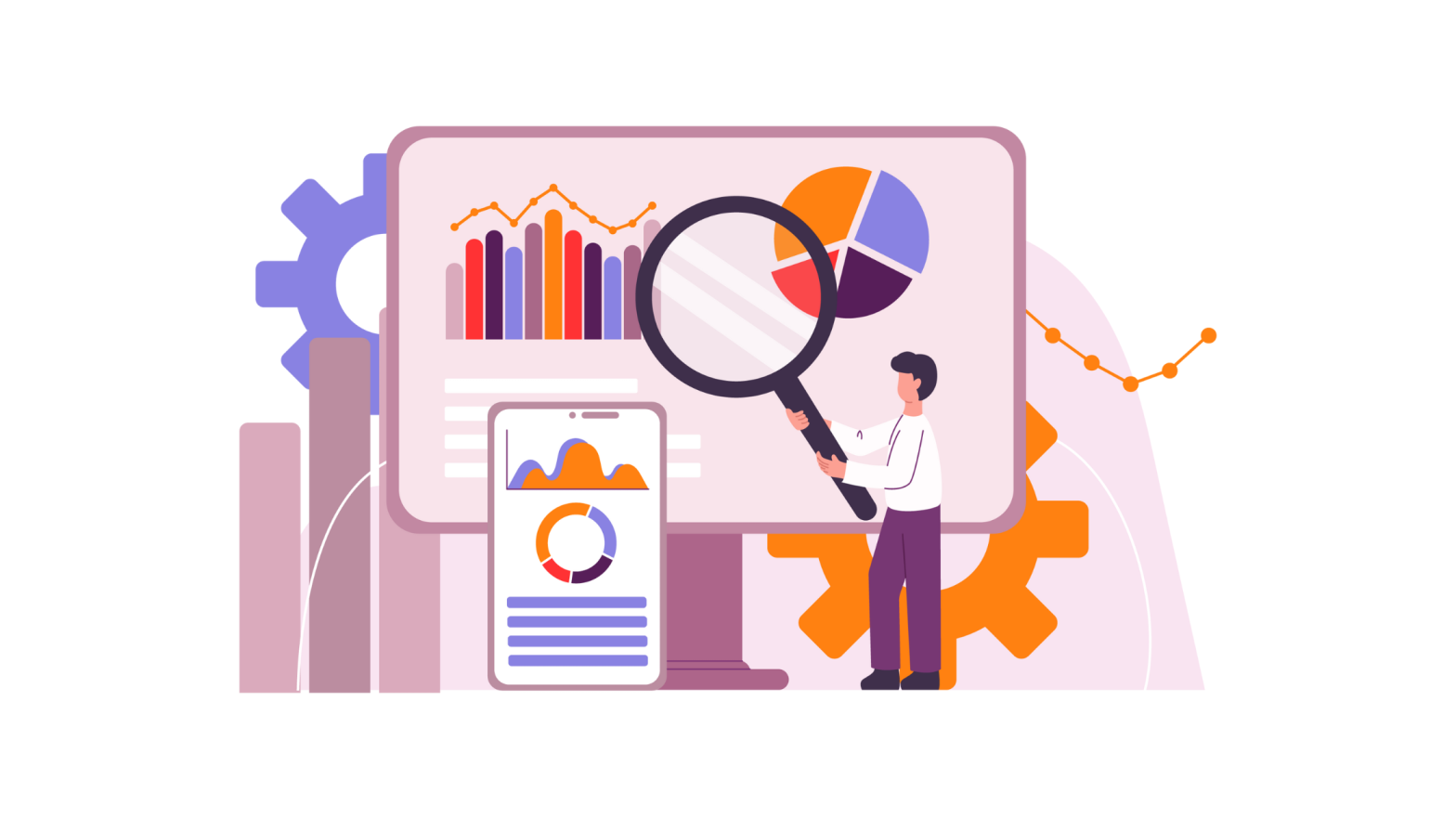
Regardless of the industry that you work in or the market that you are targeting, you are sure to have competitors, many of them in fact. These are the businesses that offer the same products or services as you, the businesses that are targeting the same customers, the businesses that could hinder your success. To ensure that you are the ‘go to’ option and you climb above them, you need to know how to take your competitor analysis to the next level.
What is Competitor Analysis?
When it comes to business success, it’s important to think about what your competitors are up to. You can find this out by analysing them. Competitor analysis is the process of identifying and understanding the strengths and weaknesses of your key competitors. There’s a lot that goes into competitor analysis, but everything works together to give you a detailed overview of similar businesses in the market.
Competitor analysis involves gathering information about a competitor’s products, services, marketing efforts, pricing, customers and business performance. This will give you an insight into how they operate and how you can compete with them. The goal of competitor analysis is to help you to make better decisions in terms of strategy, to identify market opportunities and threats, and to gain a competitive advantage in the marketplace.
Why is Competitor Analysis Important?
Competitor analysis is hugely beneficial if you want to scale your business. By understanding the strengths and weaknesses of your competitors, it’s a lot easier to identify opportunities and gaps in the market. Knowing their strengths and weaknesses, you can differentiate yourself from other businesses, giving you a competitive advantage. It also enables you to stay informed about market trends, customer preferences and industry developments, simply by looking at what other businesses in the industry are doing. This knowledge helps you to adapt your business strategies to meet changing market demands.
Competitor analysis provides valuable insights that help you to make the right decisions. You can use the information gained from competitor analysis to refine your strategies and allocate resources effectively. By analysing a competitor’s products, services and customer feedback, you can identify gaps in the market and develop solutions aimed at meeting customer needs more effectively.
Comparing your competitor’s performance with your own will help you to identify areas for improvement. You can use this knowledge to set realistic goals and track progress over time, ensuring that you stay ahead of the competition and maintain a strong position in the market.
Take Your Competitor Analysis to the Next Level
Understand Who is Making the Decisions
When it comes to taking your competitor analysis to the next level, you need to understand who is making the decisions. Study your competitor and determine who the owners, senior leaders and general managers are.
- If the business is family owned, then it’s likely that the owners’ values and history drive their strategy. Owners tend to be part of a business for the long-term and so they are unlikely to change their approach for short-term gain.
- If the business is a public company, shareholders are likely to be in charge. They will want the business to react to external pressures and market changes, which means that the business’ strategies are likely to be aimed at maximising value for the shareholders.
- If the business is private equity owned, strategies are likely to be focused on short-term success and boosting cash flow in a bid to appeal to buyers.
Look at the Management and Leaders
It’s also a good idea to look at the management and leaders of a business. Get to know the decision making approaches, leadership styles and values of the people who are likely to influence the business the most. If your competitor is a decentralised business, consider how business approaches vary by location.
Determine What Drives Decision Makers
Once you have determined who is making the decisions, you need to find out what’s driving them. Consider their education, successes, failures and incentives. Factor in their personality and decision making style, and the type of management that they provide. All of this will help you to determine how they make decisions and why. For example, leaders with marketing backgrounds are likely to make decisions based on different factors to those with finance backgrounds.
To truly understand your competitors, you need to guess what they’re going to do next. It’s likely that decision makers will make the same decisions as they have previously, especially if they turned out to be successful. This can also impact the decisions they make and the strategies they choose going forward
Go Beyond a Basic Analysis
A lot of businesses make the mistake of merely conducting a basic analysis, one that focuses on a competitor’s basic strengths, weaknesses, opportunities and threats. Instead, go beyond that and conduct a comprehensive assessment, whilst also looking at the opportunities and threats they face in the market. Finding areas where your competitors are vulnerable can help your business to capitalise on missed opportunities.
By taking your competitor analysis to the next level, you are giving yourself a whole host of information that can be used to your advantage. Whether you want to find a gap in the market and take advantage of where your competitors have fallen short, or you want to create a marketing strategy that helps you to avoid your competitors’ mistakes, analysis is key.
You can find out more about the benefits of competitor analysis, and how to take things to the next level, by getting in touch with the Profici team.
Latest Posts
-

Outgrown Your Internal Team? How Fractional Executives Can...
Seeing your business grow is hugely exciting, but growth doesn’t happen on its own. Growth...
-

The Rise of Fractional C-Suites: Why 2025 is...
After many, many years, the way businesses are building their executive teams is changing. With...
-

Why Your Business Needs a 12-Month Marketing Blueprint...
Growing a business isn’t easy, let alone one that grows into a sustainable success. There’s...
-

How April’s National Insurance Rises Impacts Your Business...
On the 6th April, a change took place that’s going to affect employers across the...